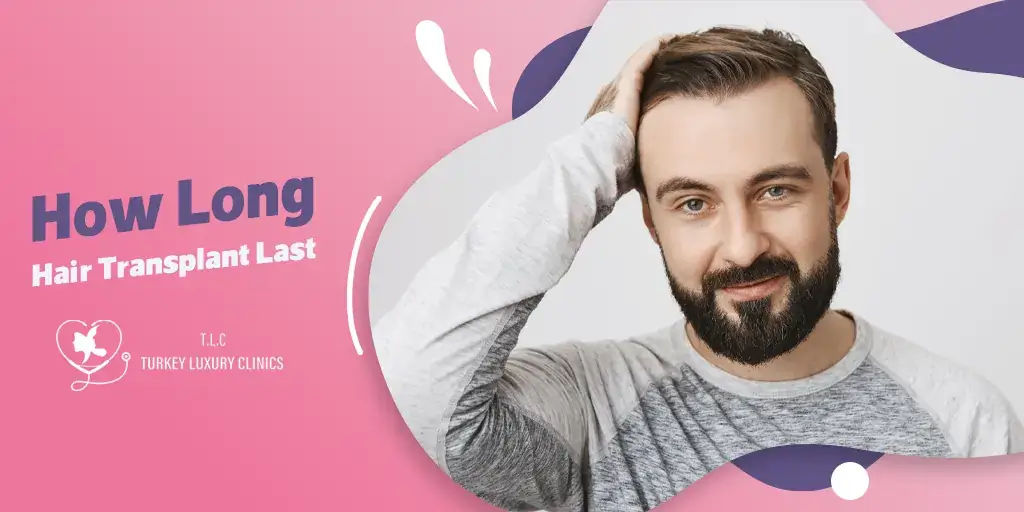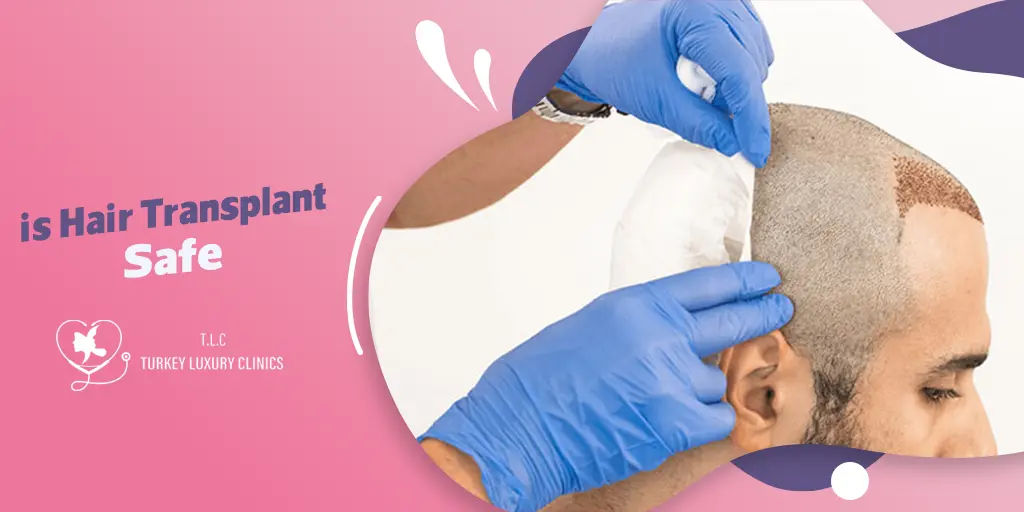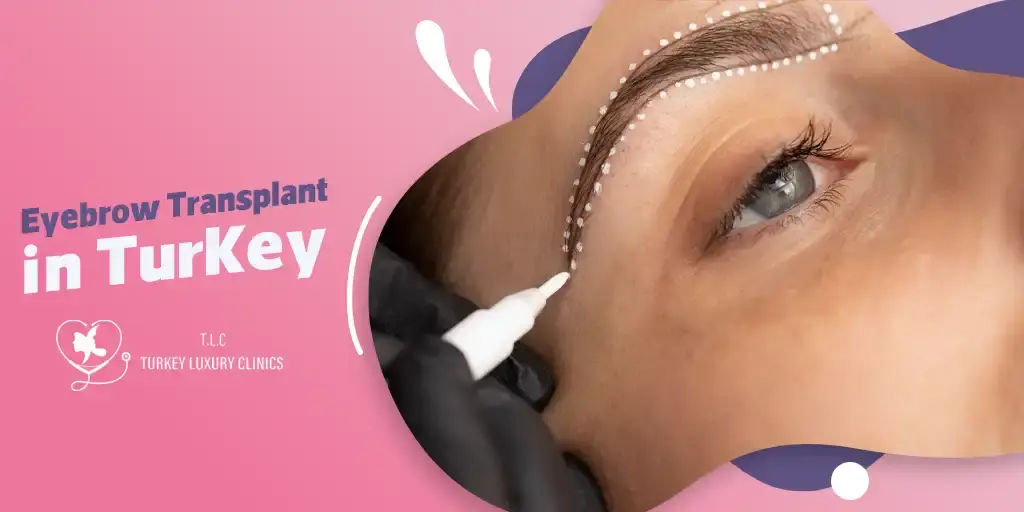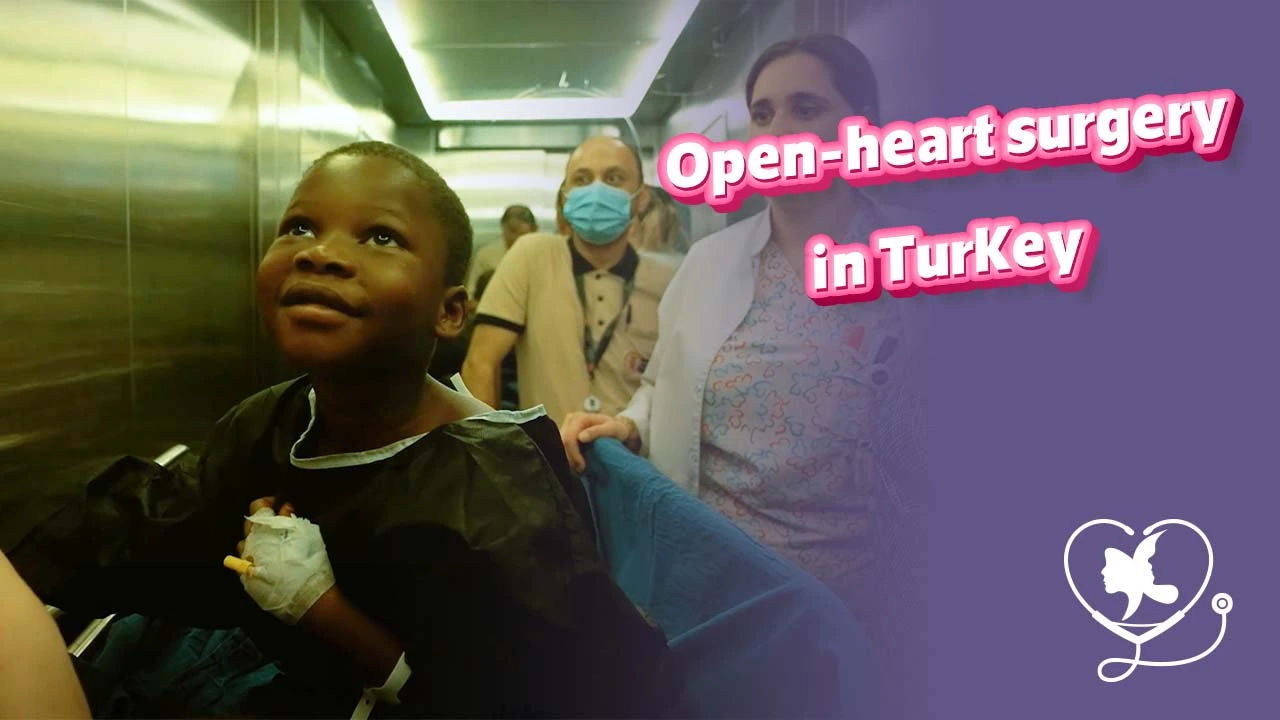- - How Long Does Hair Transplant Last?
- - How Long Does Hair Transplant Last During Recovery?
- - How Long Do Hair Transplant Side Effects Last?
- - How Long Does Hair Transplant Last After 10 Years?
- - How Long Do Hair Transplants Last with Different Techniques?
- - Factors Affect How Long a Hair Transplant Lasts
- - How to Maintain Long-Lasting Hair Transplant: What to Do and Avoid
- -
- - How Long Do Hair Transplants Last Reddit?
- - Doctors Recommendations to Extend How Long Hair Transplant Last
- - How Long Do Turkish Hair Transplants Last?
- - Want a successful, long-lasting hair transplant in Turkey?
- - FAQs About How Long Does Hair Transplant Last
Hair transplant is considered the most effective long-term replacement for lost hair. But how long does hair transplant last?
Hair transplant grafts are a permanent solution, as the transplanted follicles are usually resistant to the hormone (DHT) that causes male pattern baldness. While individual results may vary, most patients can expect their transplanted hair to last for decades—if not a lifetime.
In this article, we break down how long hair transplants really last, what affects their longevity, what to expect during recovery, and 10 years later. and how to maintain your results for the long term.
Looking for long-lasting hair transplant results? Start your journey with Turkey Luxury Clinics and get expert guidance from day one.
How Long Does Hair Transplant Last?
A successful hair transplant that heals properly and starts growing as expected is typically considered permanent.
However, factors like the patient’s overall health, medical conditions, medications, or intentional removal of transplanted hair can affect how long the results actually last.
In ideal circumstances—when performed by an experienced surgeon, on a healthy patient with a strong donor area and proper aftercare—a hair transplant can last a lifetime, maintaining density and natural coverage over the years.
To ensure long-lasting results, it’s essential to choose a world-class clinic in a reputable country, under the care of a certified and experienced hair transplant surgeon
How Long Does Hair Transplant Last During Recovery?
It’s normal for transplanted hair to shed suddenly during the early stages of recovery. This temporary phase is known as shock loss, and it’s a standard part of the healing process—not a sign of transplant failure.
The hairs that fall out are not the follicles themselves, but only the external hair shafts. The actual implanted follicles remain in place under the scalp.
How Long Does Shock Loss Last After Hair Transplant?
Shock loss typically begins around 10 days after the procedure and may last for 2 to 6 weeks. New hair growth usually starts to appear by month 3 or 4, as the follicles enter a new growth cycle.
Another important stage in the hair growth timeline during the healing phase is the formation of small scabs around each transplanted follicle.
These scabs typically begin to form around day 3 after the transplant and are a completely normal part of the recovery process.
How Long Do Hair Transplant Scabs Last?
Hair transplant scabs usually fall off naturally within 7 to 10 days. It's important not to pick or scratch them, as doing so can dislodge the grafts and affect the final result.
While many patients notice some hair shedding after the scabs fall, this is actually related to shock loss and not caused by the scabs themselves.
It's crucial not to pick or scratch the scabs. Doing so may dislodge the grafts, which can lead to poor results or even partial failure of the transplant.
Interesting reads: 7- Hair Loss Stages and the Best Treatment for Each One.
How Long Do Hair Transplant Side Effects Last?
Hair transplant side effects generally subside within a few days to a few weeks after the procedure, with most patients experiencing a full recovery within a couple of months.
Some side effects, like numbness or redness, can last for a few weeks or even a couple of months.
How Long Does Swelling Last After Hair Transplant?
Swelling is a common and temporary side effect after a hair transplant. It typically appears around the forehead and eyes and usually subsides within 3 to 7 days.
While some swelling is expected, its duration and intensity may vary depending on the individual's healing response and how well post-operative care instructions are followed.
On the other hand, some side effects can last longer or even permanently, such as a hair transplant scar that is formed during healing of the donor area—not the grafting site.
How Long Do Hair Transplant Scars Last?
Hair transplant scars are technically permanent, but they usually become less visible over time. The size, color, and visibility of scars depend on several key factors:
- Technique Used:
- FUE (Follicular Unit Extraction) leaves tiny, dot-like scars that generally fade faster and are much less noticeable than FUT (Follicular Unit Transplantation), which can leave a more visible linear scar in the donor area.
- Surgeon’s Skill:
- An experienced surgeon using advanced techniques can extract hair follicles smoothly and gently, preserving both the grafts and the surrounding skin. This minimizes trauma and reduces the risk of noticeable scarring.
- Maintenance and Aftercare:
- Proper wound care—such as keeping the area clean, avoiding sun exposure, and using doctor-recommended anti-scar creams or ointments—can significantly help reduce scar visibility and improve healing.
How Long Does Hair Transplant Last After 10 Years?
Ten years after a hair transplant, you’ll likely still be enjoying the same natural-looking, thick, and healthy hair in the transplanted areas—especially if the procedure was performed by a skilled surgeon using advanced techniques like FUE or DHI.
In the donor area, the skin will have fully healed. While no new hair grows to replace the follicles that were extracted, the area is usually selected and managed in a way that keeps any thinning invisible or barely noticeable, particularly if the hair around it is kept at a suitable length.
With proper care, realistic expectations, and stable hair loss patterns, the results of a hair transplant can still look great even after a decade.
How Long Do Hair Transplants Last with Different Techniques?
How Long Does FUE Hair Transplant Last
FUE (Follicular Unit Extraction) is the standard hair transplant technique, involving the extraction of individual hair follicles from a donor area—typically the back of the scalp—and transplanting them to balding areas.
How Long Does DHI Hair Transplant Last
DHI (Direct Hair Implantation) is an advanced version of FUE, where follicles are implanted using a special pen-like tool that allows for more precise placement and angling, without the need for creating incisions beforehand.
How Long Does Sapphire FUE Hair Transplant Last
Sapphire FUE also builds on the FUE method, using sapphire blades instead of steel ones to create finer, cleaner incisions in the recipient area. This can enhance healing and graft density.
In all hair transplant techniques—FUE, DHI, and Sapphire FUE—the successfully implanted and healed grafts are considered permanent and typically last a lifetime.
Factors Affect How Long a Hair Transplant Lasts
Several factors influence the long-term success of a hair transplant:
- Surgical Technique & Skill:
- A skilled surgeon using FUE or FUT can maximize graft survival and deliver lasting results.
- Donor Hair Quality:
- Thick, healthy follicles from a stable donor area are more likely to thrive long-term.
- Patient Health & Genetics:
- Younger patients in good health tend to see better results. Ongoing hair loss in untreated areas may still affect the overall look.
- Aftercare & Lifestyle:
- Proper post-op care, a balanced lifestyle, and avoiding smoking or alcohol support better healing and durability.
- Scarring & Blood Flow:
- Excessive scar tissue or poor blood circulation may impact graft health over time.
By combining good surgical technique with healthy habits, most patients enjoy natural, lasting hair results for many years.
How to Maintain Long-Lasting Hair Transplant: What to Do and Avoid
Although transplanted hair follicles are resistant to DHT—the hormone responsible for pattern baldness—they are not renewable like natural hair. Once a graft is lost, it won’t grow back.
The aftercare period plays a critical role in the long-term success of your hair transplant.
Here’s how to make your hair transplant last longer—what to do and what to avoid during the recovery phase and in the months (and years) that follow.
How Long Do Hair Transplants Last Reddit?
On Reddit, many users share their personal experiences with hair transplants, often asking the same key question: how long do hair transplants really last?
Some users express doubts about the long-term results, especially without the continued use of medications like finasteride (Fin) and minoxidil (Mox):
“Unless the person stays on Fin and Mox for life, the transplanted hair may also thin away. Transplants don't fix the problem—it’s just moving healthy hair to an unhealthy scalp.”
Others point to the science behind transplants and why some choose to take medication after the procedure:
“Hair taken from the back of the scalp is immune to DHT, so it'll last forever. But if you still have native hair in the recipient area, it may continue to fall without Finasteride.”
And then, there are real success stories:
“Most hair transplants last for life. I’ve been doing this for 27 years and still see many of my early patients with thick, natural hair.”
Doctors Recommendations to Extend How Long Hair Transplant Last
It is important to take care of the transplanted hair to guarantee that your results will last forever. Follow these recommendations to enjoy your natural hair permanently:
- Do not skip your follow-up appointments as the doctor can constantly assess the condition of your hair.
- Follow the doctor's orders precisely, like bathing instructions and the advised hair products
- Maintain healthy food habits, which means:
- Eliminate the consumption of fat and grease
- Eat more veggies and fruits, which are rich in vitamins and minerals
- Drink plenty of water to keep those strands healthy
- Reduce stress and anxiety, as they are some of the leading causes for hair fall
- Protect your hair and scalp against sun exposure; wear a hat on your way out and use an SPF scalp protection
- Stop smoking to keep the hair follicles breathing and constantly getting their vitamin intake without the tobacco blockage
- Take your prescribed medication on a daily basis to maintain a balanced nutrient value
- Gentle hair care is essential to keep your hair follicles and scalp healthy and happy!
How Long Do Turkish Hair Transplants Last?
A successful hair transplant is the key to achieving long-lasting results, and Turkey has earned a global reputation for delivering exactly that.
The country is known for its high-quality clinics and expert surgeons, who use advanced techniques such as FUE, DHI, and Sapphire FUE.
These methods enable precise harvesting and implantation of hair follicles, which helps preserve both donor area health and graft survival.
This combination of skill, technology, and patient care is what makes Turkey a top destination for those seeking natural-looking, permanent hair restoration results.
Read more about the benefits and risks of hair transplant to make an informed decision.
Want a successful, long-lasting hair transplant in Turkey?
Turkey Luxury Clinics is your trusted guide to a successful hair transplant journey.
From choosing the right surgeon to managing every detail of your medical trip, we’re with you every step of the way.
Enjoy a free consultation, and receive a personalized plan tailored to your needs—covering everything from travel arrangements to follow-up care. Our goal is to help you achieve comfortable, stress-free care and long-lasting, natural results.












.webp)
.webp)
.webp)
.webp)

